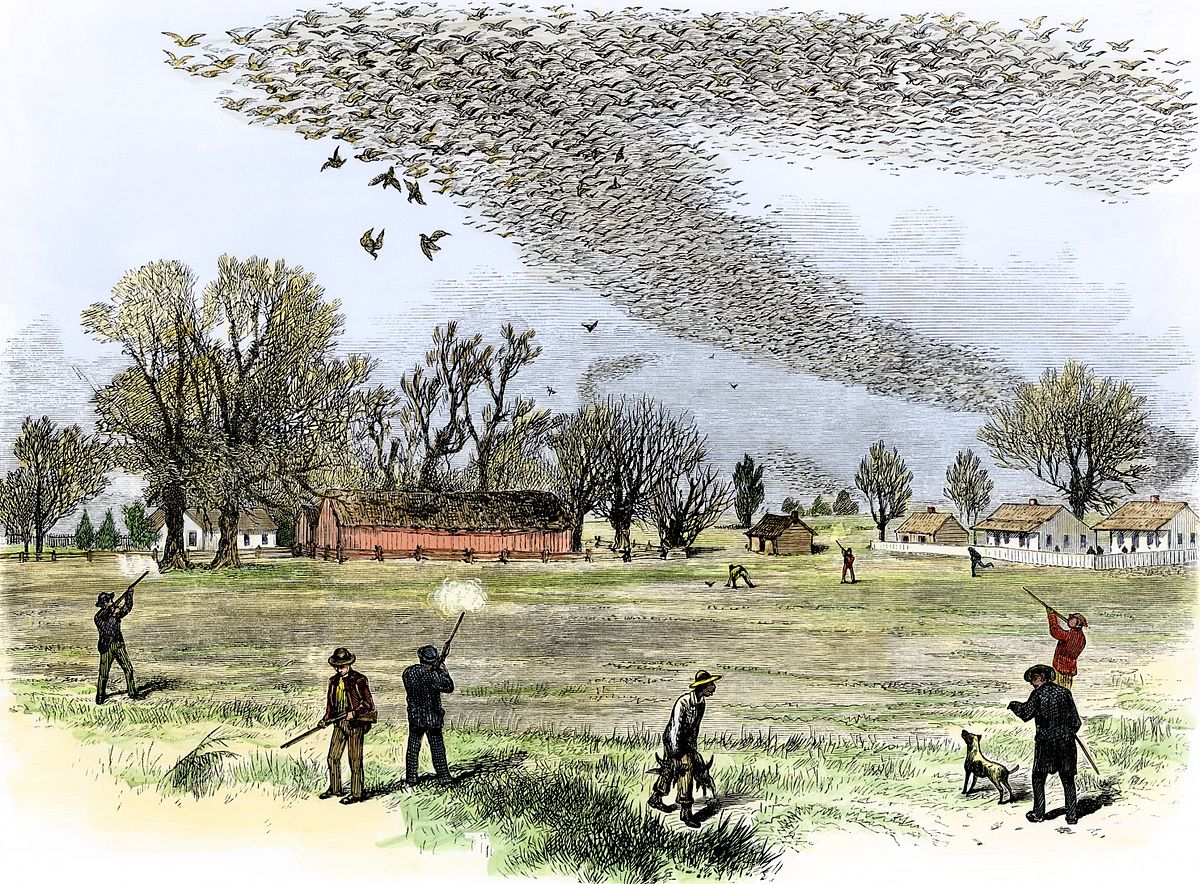What’s in a name? Proposed reinterpretation of key words in the Endangered Species Act
This post contributed by Sean Hoban, a post-doc in conservation biology at the University of Ferrara, Italy How important can five words be? Very! The 1973 Endangered Species Act states that a species may be regarded as endangered if “threatened with extinction […] throughout all or a significant portion of its range” (my underline, hereafter, SPR). Remarkably, neither the…
